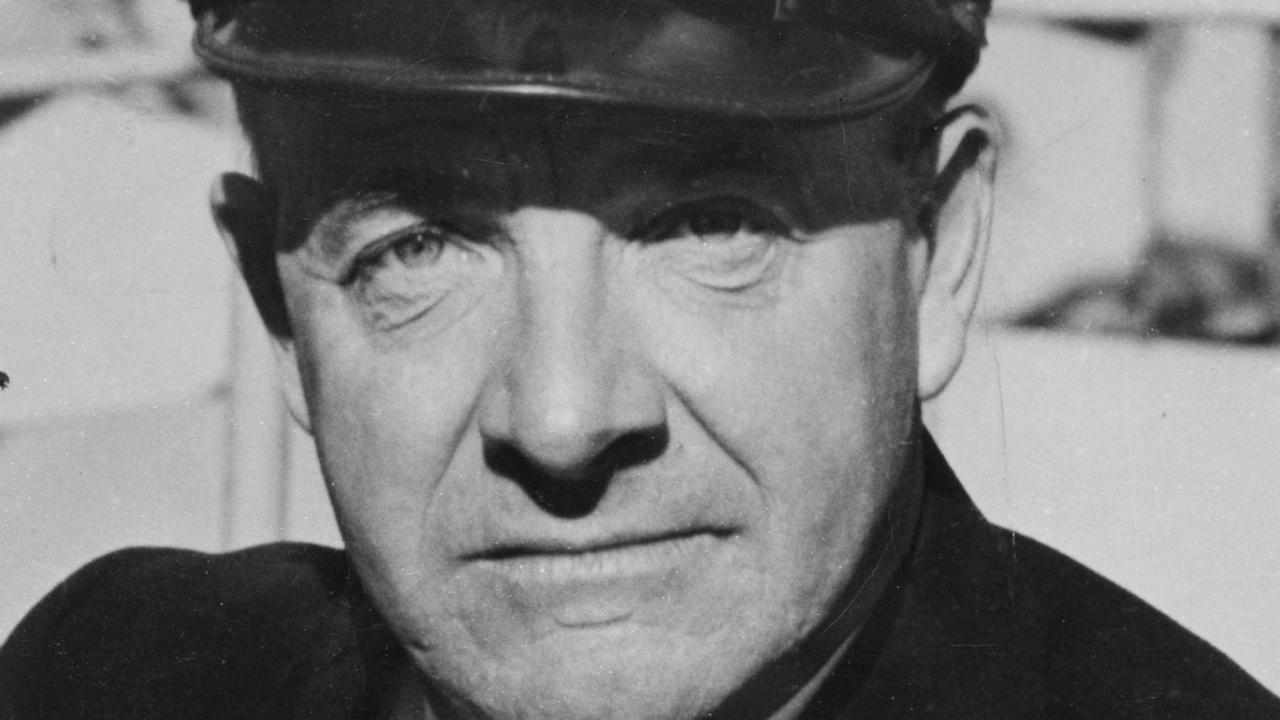Author Lew Wallace’s exploration of faith resulted in bigger than Ben-Hur success
THE 1959 film Ben-Hur was the benchmark for huge Hollywood productions. Costing $US15 million, it was the biggest-budget film ever made, and gave rise to the expression “bigger than Ben-Hur”. But Lew Wallace’s original book was an epic in its creation.

Today in History
Don't miss out on the headlines from Today in History. Followed categories will be added to My News.
FOR a long time, the 1959 blockbuster film Ben-Hur was the benchmark for huge Hollywood productions. Costing $US15 million, it was the biggest-budget film ever made, with enormous sets, a huge cast, an epic story, winning a mountain of Oscars, and gave rise to the expression “bigger
than Ben-Hur”.
A new film version opens in Australian cinemas tomorrow, with an even bigger budget. But the man who wrote the book on which the epic films were based was inspired by motives other than money.
American author Lew Wallace created his 1880 book Ben-Hur: A Tale Of The Christ as an exercise in understanding more about God. Wallace had lived a fascinating life: he had been a lawyer, Civil War general and governor. Clearly his story would also have made a good film.
Born in Indiana in 1827, his father David was a former military man practising as a lawyer until he went into politics in 1828, elected to the Indiana House of Representatives. His father also later served as a governor of Indiana.

Wallace was a troublesome school student, preferring the outdoors and drawing until his father put him into a private academy where his writing talent was encouraged. He left school at 16 to work as a clerk in a records office, also enlisting in a militia unit and trying his hand at writing his first novel.
He later studied law under his father, but left in 1846 to recruit for the militia during the Mexican-American war. He rose to the rank of lieutenant and was released from service in 1847. He briefly ran a newspaper before returning to law and was admitted to the bar in 1849.
Wallace married Susan Arnold Elston in 1852, their only child Henry was born in 1853. In 1858 Wallace was elected to the Indiana Senate and in his spare time reorganised a Crawfordsville militia unit. When Civil War broke out in 1861, Wallace’s militia unit joined the Union army and he was commissioned a colonel.

Leading his troops to victory at a minor battle in Virginia in 1861 he was promoted to brigadier general. But his reputation was tarnished by accusations that he failed to follow orders at the Battle of Shiloh in 1862.
His troops were defeated at the 1864 Battle of Monocacy. But the action prevented the Confederacy capturing Washington, redeeming Wallace’s reputation.
In 1865 he served on the commission investigating the assassination conspiracy leading to President Lincoln’s death, and also on the commission investigating war crimes committed by Confederate commander Henry Wirz.

Offered a lucrative posting as a major general in the Mexican army, Wallace resigned his US post, but he returned from Mexico in 1867 deep in debt. He began practising law and also tried to enter politics. Meanwhile he finally completed his first novel, a romance set against the backdrop of the Spanish conquest of Mexico. Titled The Fair God, it was published in 1873.
For his political support of Rutherford B. Hayes in the 1876 presidential election, Wallace was appointed governor of the New Mexico Territory, serving from 1878 to 1881. The post gave him time to write.
Inspired by a long conversation he had in 1876 with renowned atheist Robert Ingersoll, Wallace decided he needed to know more about religion. The result was Ben-Hur: A Tale of the Christ. Published in 1880, it was an immediate success. In 1881 Wallace was posted as ambassador to the Ottoman Empire, giving him a chance to research other books.

Returning to the US in 1885, he continued writing, but Ben-Hur had already made him wealthy. An 1899 stage adaptation — with a team of horses on a treadmill recreating the chariot races — travelled around the country and was enormously popular overseas including Australia. The play ran for more than 20 years in the US.
Wallace died in 1905, but Ben-Hur lived on. In 1907 an unauthorised 15-minute film version got its producers sued and set the precedent for producers having to buy film rights.
The first authorised version in 1925 was the most expensive film of the silent era. The 1959 film, starring Charlton Heston, won 11 Academy Awards. The book has also been adapted as a miniseries, an animated feature, and an arena spectacular in 2010.
Originally published as Author Lew Wallace’s exploration of faith resulted in bigger than Ben-Hur success



